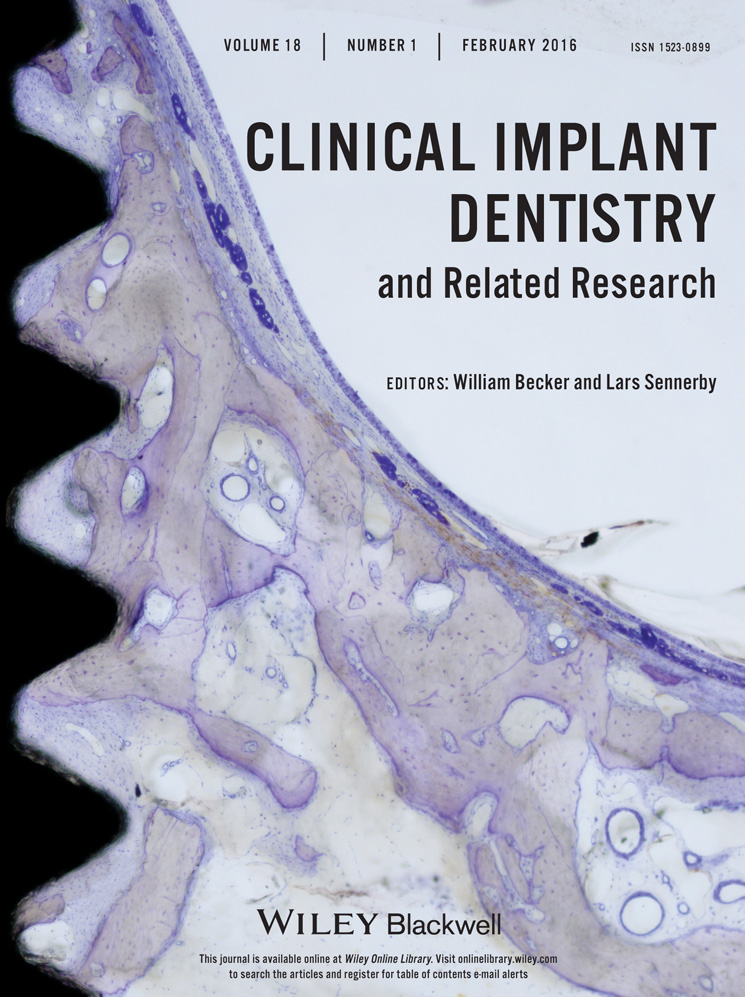Cementing an Implant Crown: A Novel Measurement System Using Computational Fluid Dynamics Approach
Abstract
Background
Cementing restorations to implants is a widely used clinical procedure. Little is known about the dynamics of this process. Using a systems approach and advanced computing software modeling this can be investigated virtually. These models require validation against real-life models.
Purpose
The study aims to consider the system effect of a crown, abutment, and cement flow under different conditions and comparing real physical models to virtual computer simulations.
Materials and Methods
A physical model of implant abutments and crowns provided three groups according to abutment screw access modification (n = 9): open (OA), closed (CA), and internal vented (IVA) abutment groups. Crowns were cemented using standardized amounts and site application. Proportion of cement retained within the crown–abutment system was recorded and compared. Differences among groups were identified using analysis of variance (ANOVA) with Tukey's post hoc test (α ≤ 0.05). Three-dimensional multiphysics numerical stimulation software (STAR-CCM+, CD-adapco) with computational fluid dynamics (CFD) approach was applied to a virtual model system of a scanned abutment and crown system. Three-dimensional real-time model simulations of cement and air displacement were produced, evaluating cement application site, speed of crown seating, and abutment modifications.
Results
Statistically significant differences in cement retained within the system (p < 0.01) were found among the IVA > OA > OCA abutment groups. The CFD virtual simulations followed this trend. Site application and speed of seating also affected cement extrusion and cement marginal infill. Fast crown seating and occlusal cement site application produced air incorporation at the margins.
Conclusions
The CFD approach provides a convenient way to evaluate crown–cement–implant abutment systems with respect to cement flow. Preliminary evaluation indicates that the results achieved follow those of a physical actual cement-retained crown–implant abutment study.




